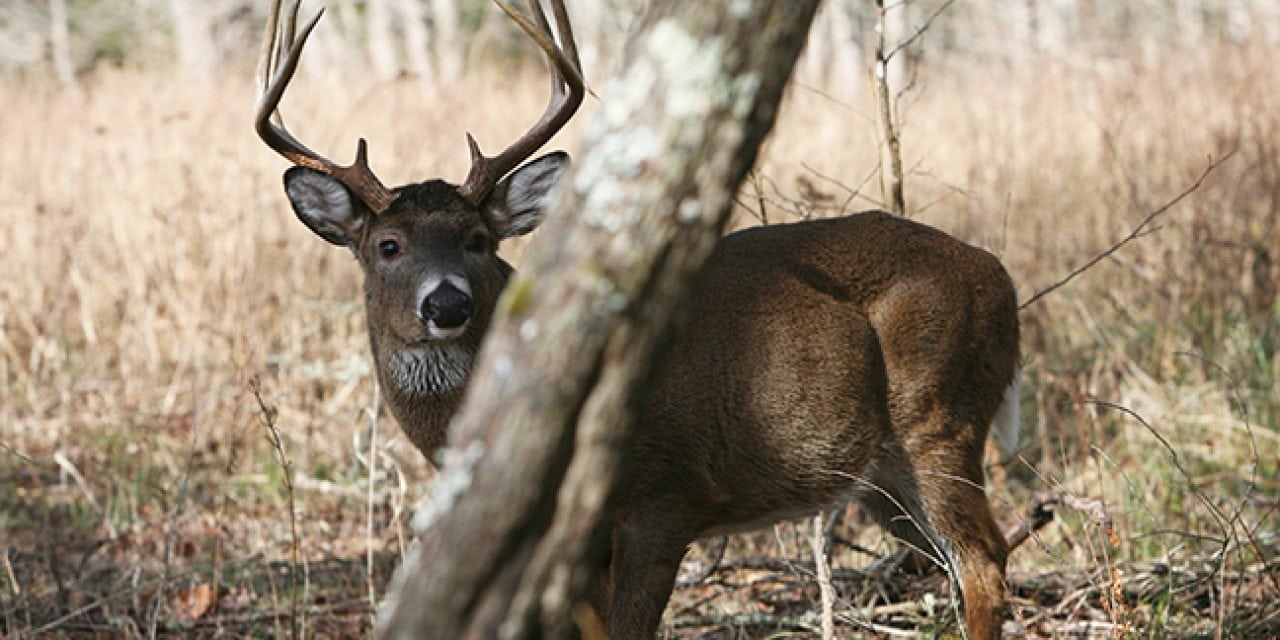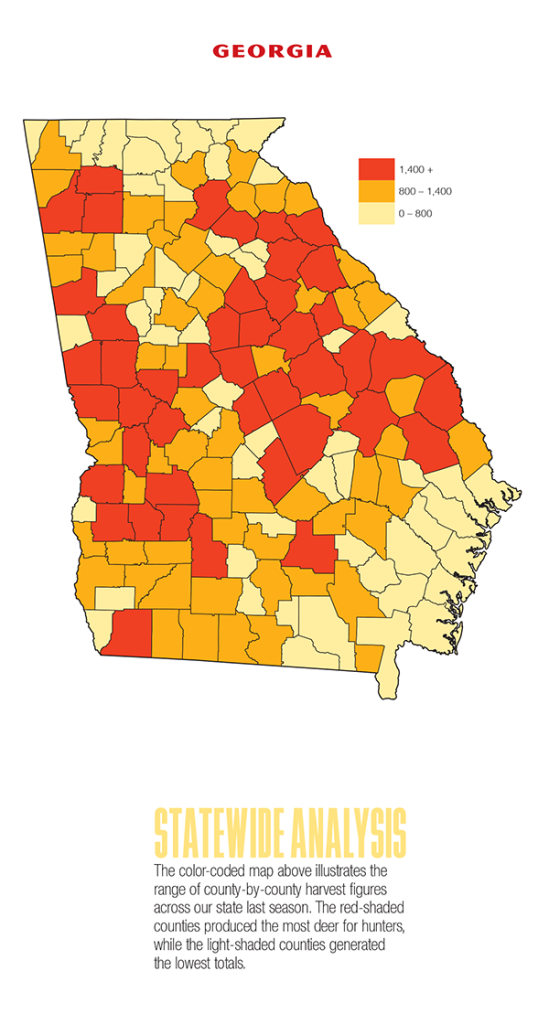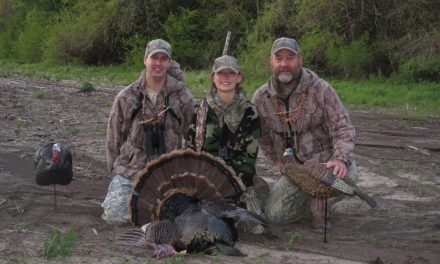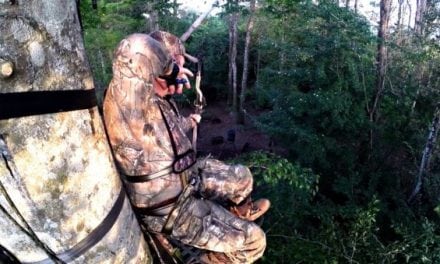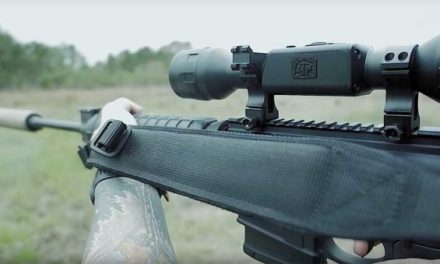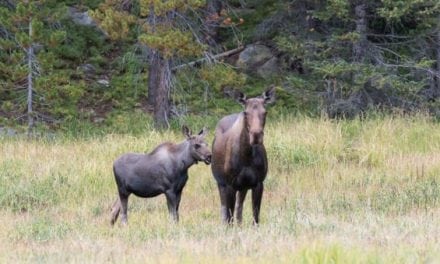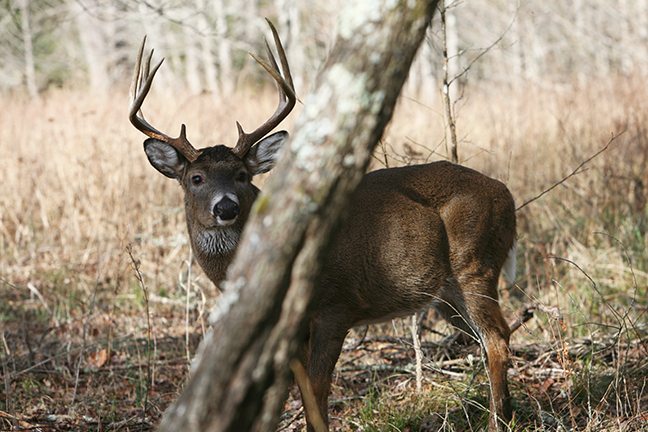
Photo By Ron Sinflet
The coming of deer season has a profound effect on Georgia hunters. As the opener gets closer, two specific questions are likely to come from this group.
The first is, of course, how is this year’s hunting going to be? That’s followed closely by, what are the prospects of putting some venison in the larder?
Barring years with major droughts or serious widespread flooding, most wildlife biologists will hedge all bets when making predictions. No one can tell for sure what the fall and winter will bring in the way of careless or wary whitetails.
However, past performance at least provides some indicators of what can happen. Harvest numbers over long periods in the Peach State pretty much explain where most deer are killed. Game managers typically look at trends, rather than short-term predictions, especially considering the many factors that play into deer management.
GEORGIA GAME CHECK
One clue to where to bag a deer this coming season is information on where the top spots were last season. Where there are lots of whitetails, it’s usually because the habitat is sound, so that region should continue to produce plenty of animals.
Fortunately, the ability of Georgia hunters to access such information has gotten easier since last year. The 2016 season saw the Wildlife Resources Division going live with the Georgia Game Check program, which collects information on harvests. Best of all, that data is available to game managers and hunters.
Dr. James Kroll and Pat Hogan discuss the impact of wind on deer behavior.
(Via North American Whitetail)
Up until last season all hunters were required to get a free harvest record each year and fill it out as deer were killed. Beginning in 2016 those hunters were required to report taking the deer to the Game Check system within 72 hours of the kill. That report could be sent via the GA Outdoor App or online at gooutdoorsgeorgia.com, or by calling 800-366-2661.
“The reporting of harvest on the Georgia Game Check system will provide nearly instant access to basic harvest information during and after the hunting season,” said Tina Johannsen, Program Operations manager, as Game Check was unveiled. “This data will provide county level information for hunters and land managers.”
The important point for hunters is that for the first time they have access to kill figures for each county in the state for the preceding season.
“We had in excess of 70 percent compliance with it,” said Charlie Killmaster, Georgia Department of Natural Resource State Deer Biologist. “So we were happy to see that.”
They also expect that figure to go up this year, and in the meantime the old telephone survey system used in past years to estimate the harvest was continued. When comparing the Game Check total kill with the 2015-16 season, it shows a decline in the harvest of 54 percent. However, Killmaster attributes part of that to the lack of total compliance, and to a real 20 percent drop in harvest numbers identified with the older telephone survey system.
Though not exact, the county-by-county data is still an important addition to hunters’ knowledge base and very helpful in comparing areas of the state.
COYOTE PREDATION
Another hot-button topic with Peach State hunters in recent years has been concerns about the effect of coyotes preying on fawns. These concerns go back as far as the mid-1990s, and the problem had been increasing for a number of years. Reports of deer numbers plummeting in some areas have stirred strong negative feelings toward coyotes from many hunters.
While the news may not be good, it seems to be improving. According to Killmaster, the WRD has seen a decline in coyote predation and it now seems to be leveling off and becoming stable. Possibly this is a “new normal” as a balanced level is being reached. Part of that balance is likely due to recent reductions in the doe harvest, leaving more females to produce fawns.
That is on a statewide level, as the Blue Ridge Mountain area of North Georgia is hard to estimate because the deer herd, hunting harvest and coyote research are at such low levels. The effect of coyote predation can vary greatly from one area to another, or even on adjoining properties.
DEER BAITING
Hunting whitetails over bait is another subject that brings strong feelings from hunters. The debate has receded since baiting was approved for the southern zone of the state. However, north Georgia hunters were fairly firm in their rejection of the practice in the Piedmont and regions to the north.
Killmaster says that there have been no legislative attempts to bring that practice to the northern portion of the state in recent years. However, as New York politician Gideon Tucker once observed, “No man’s life, liberty or property is safe while the legislature is in session.” Hunters are wise to keep a close eye on the General Assembly’s annual gathering.
INCREASED LICENSE FEES
At first it might be hard to see a positive trend for deer hunting from paying more for licenses, but Killmaster is optimistic about the increased funds that will be provided by the passage of House Bill 208.
While pointing out that no firm decisions were in place regarding the use of those funds, the portion that eventually reaches the WRD can be very helpful. Having more money to increase the number of conservation officers and wildlife technicians in the field can have a positive effect on enforcement and allow for more aid to improve deer herds.
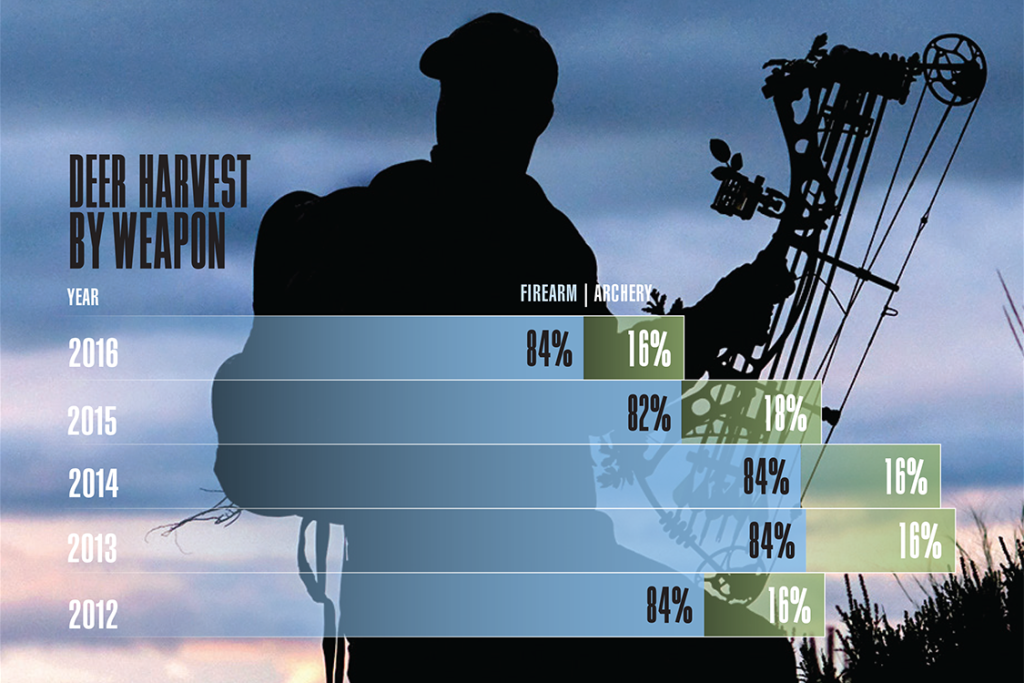
CHANGES IN SEASON DATES
An attempt also was made in the last legislative session to change the start and end dates for the firearms deer season in Georgia. Basically it was designed to extend the firearms season statewide to the third Monday of January. Additionally it called for the archery season to stay open statewide until January 31 annually. That bill did not pass.
According to Killmaster the idea originated in the legislature and the WRD felt it would have no positive or negative effect.“We found years ago, after a certain point, lengthening the season just spreads out the harvest, rather than increasing it,” he said.
A change in dates originating from the Department of Natural Resources that will affect the coming season has to do with added firearms either-sex days in three regions of the state. The Piedmont and the Ridge and Valley regions will get an additional 22 days of either-sex action, bringing the total in those areas up to 72 for the year. Additionally, seven days are being added in the Lower Coastal Plain, to run the total there up to 84 days.
Both of those changes are in line with the goals of the WRD’s Georgia Deer Management Plan 2015-2024.
The post 2017 Georgia Deer Forecast appeared first on Game & Fish.

